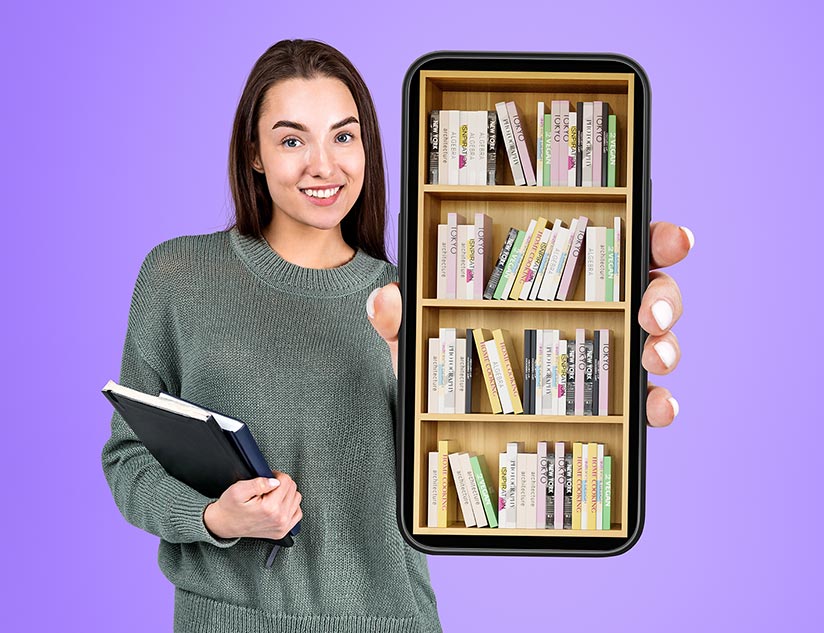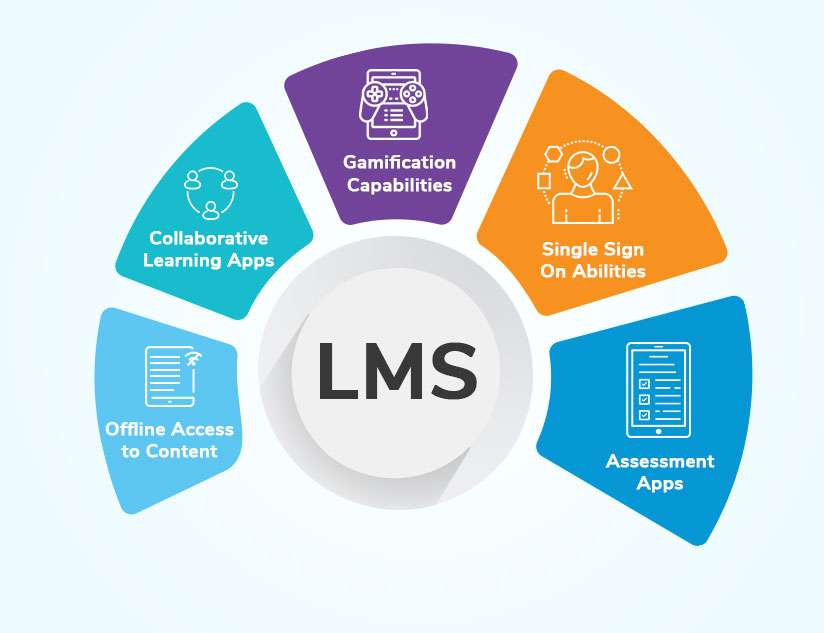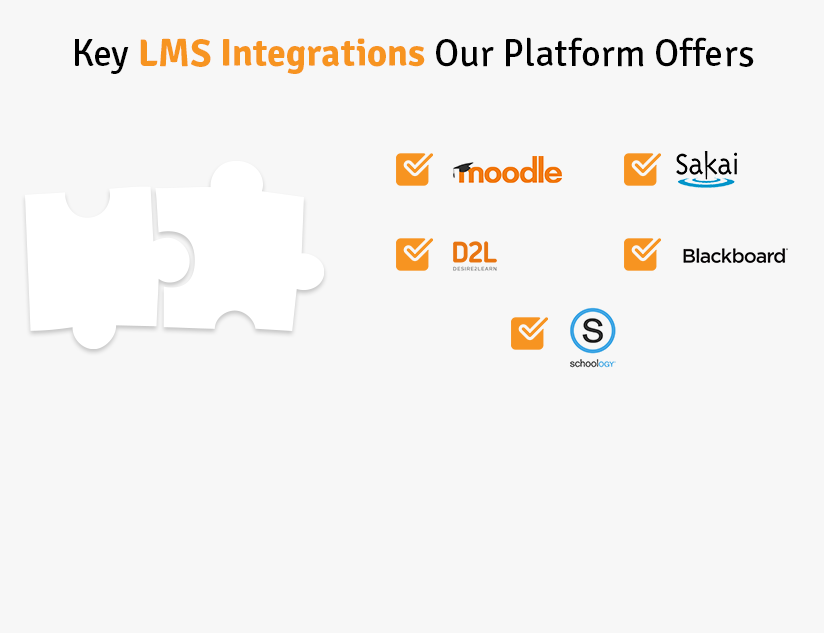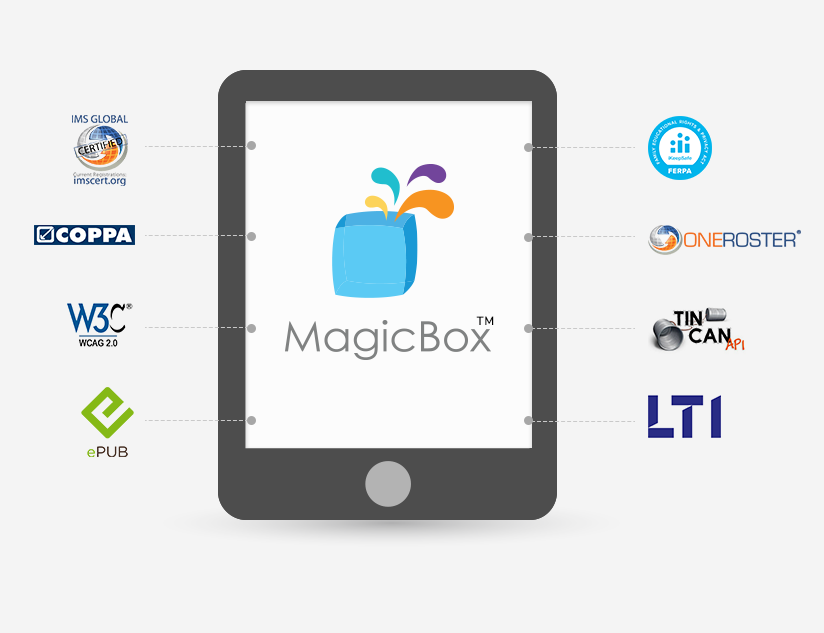Learning Tools Interoperability (LTI): Key to Student-Centric Education
November 28th, 2023
Student-centered learning empowers learners to determine their own learning journeys, driving engagement and boosting skill/knowledge levels. Personalized learning paths and goals, developed via insights from data analytics, focus on building critical thinking and problem-solving abilities while improving subject knowledge. However, self-driven learning cannot be fully achieved through traditional learning models or by adopting only on-premises technology.
Technology integration across learning experiences, whether in school, at home, or on the go, is key to offering students equitable educational opportunities. Learning Tools Interoperability (LTI) standardizes the application of technology and the integration of tools to facilitate student-centric education. By integrating technology with student-centered learning, LTI-compliant LMS integration ensures seamless and consistent experiences wherever and whenever a student wishes to learn.
LTI: A Brief
An LMS encompasses learning materials, the learner, and the service provider to facilitate eLearning delivery and create fruitful learning experiences. According to the 1EdTech Consortium, the LTI standard “allows courseware and learning tools from different vendors to be launched within a learning platform.”
The goal is to allow students to navigate the learning ecosystem effortlessly, accessing all tools with minimal assistance from instructors or peers. The primary function of LTI-based LMS integration is to facilitate the frictionless movement of learners between web-based tools and the learning platform.
Benefits of LTI Compliance
There are multiple benefits of LTI-compliant LMS Integrations:
Single Sign-On
Single-sign-on (SSO) lets all users use unified credentials across tools. Not having to remember multiple passwords significantly reduces login/log-out frequency, security risks, and multiple password resets. LMS integration with a single sign-on feature compliant with LTI helps accomplish this.
Secure Data Sharing
The LTI standard mandates that learner data be shared with third parties only after receiving content from students or their parents. Additionally, they allow features to be turned on or off at will. Forming LTI-compliant third-party relationships ensures that student data is always processed and shared in a compliant manner.
Easy Integration and Setup
The industry standard improves the overall digital learning ecosystem. With defined integration and communication protocols, accommodating external content, apps, tools, and other learning aids is simplified. Uniform API-powered integrations accelerate technology adoption and reduce technology-learning time for users.
Tips to Choose LTI-Compliant Digital Tools for Your Classroom
- The primary requirement is to keep students and curriculum requirements at the fore. Identify the essential tools and plugins based on learner demographics, cultural preferences, if any, and, of course, special learning needs.
- API-based plug-and-play tools that meet LTI standards are the best for technology integration in learning. Choose tools that can be easily integrated without changing the existing technology infrastructure.
- Consider reviews from people already using the tool you are planning to integrate. These can be stakeholders, educators, or students. Ask specific questions about time-to-go-live, technology learning delay, upgrades needed to the existing tech stack, cost of LMS integration, etc., to gauge the ease of adoption and use.
Steps to Implement LTI-Compliant Digital Tools
Step 1: Assess existing technology and necessary tools to augment learning experiences.
Step 2: Choose an LTI-compliant LMS integration partner who offers training and ongoing support.
Step 3: Follow the instructions provided by your LMS provider.
Step 4: Test the tools with a small group of students before taking them live with your entire class.
Step 5: Provide students with training on how to use the tools. You can get assistance from the technology partner for this.
How to Optimize ROI from Digital Tools
Technology integration is only as good as its application. Here are some tips for using digital tools effectively in the classroom:
- The process begins with choosing the right tools, which you have already done if your LMS integration is complete.
- Leverage digital tools as supplements to learning rather than a replacement for teachers. Refine the pedagogy to maximize knowledge, skill acquisition, assessment, and grading. Make the tools a part of the teaching methodology.
- Ensure all students have the required access and keep a repository of their credentials with teachers/parents to ensure they can use the tools when and where needed.
- Regularly monitor activity on the tools and student progress with learning content.
- Provide feedback to boost technology adoption and learning outcome achievement.
Boost Learning Experiences and Learning Outcomes
Integrating technology with student-centered learning is critical to enabling self-driven learning through personalized experiences. LMS LTI integrations can expedite technology adoption, streamline access, and facilitate the consolidation of learning across third-party tools to offer unified learning experiences.
MagicSync is a comprehensive solution to make your learning platform classroom-ready. It complies with industry and regulatory standards, so you can focus only on learning delivery and leveraging its diverse features. Contact the MagicBox™ experts to learn all about augmenting your learning platform with the cutting-edge integration platform.














